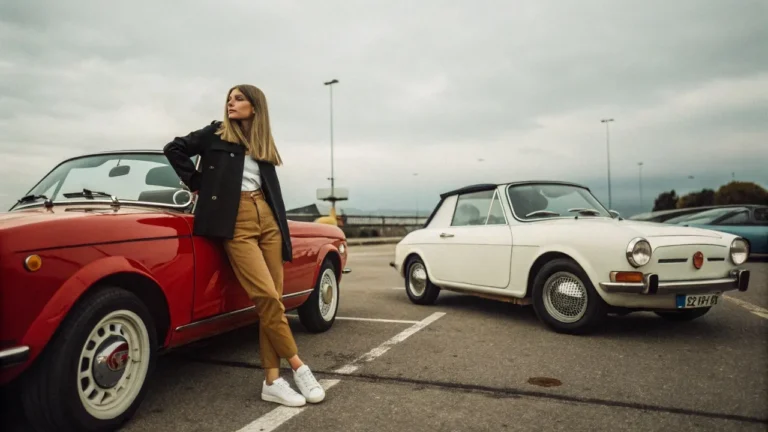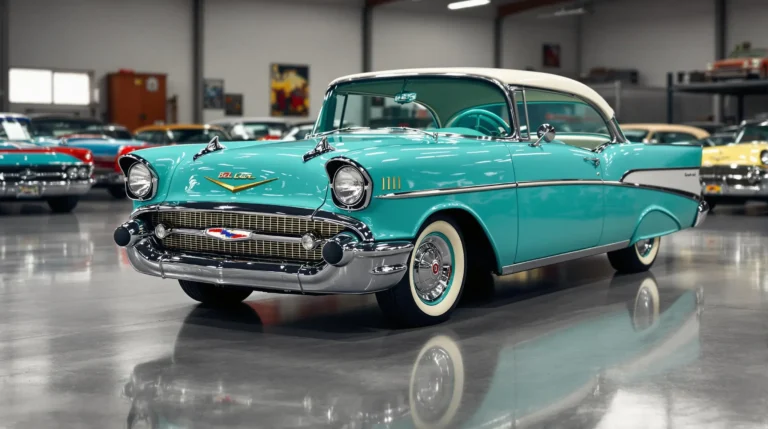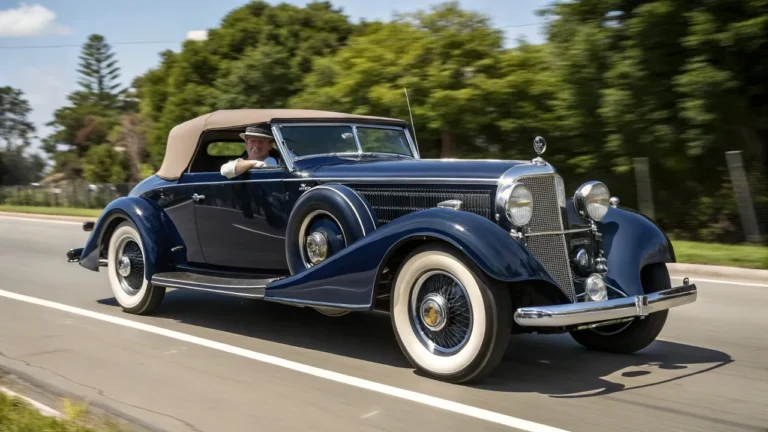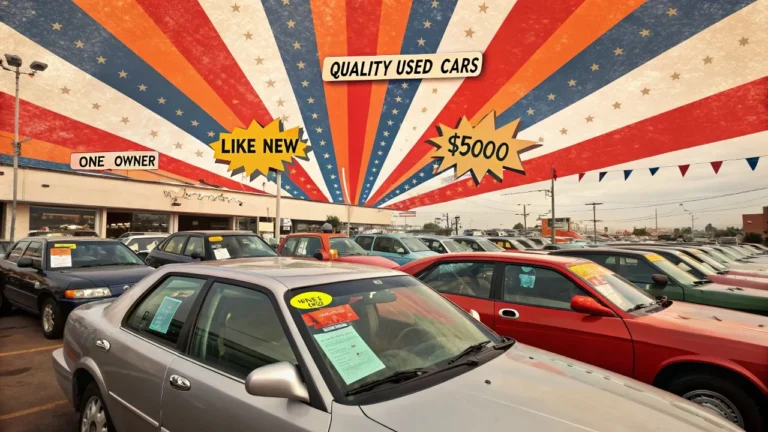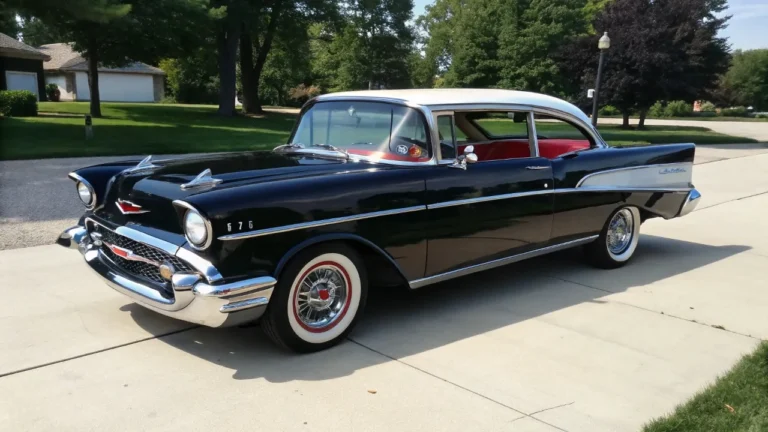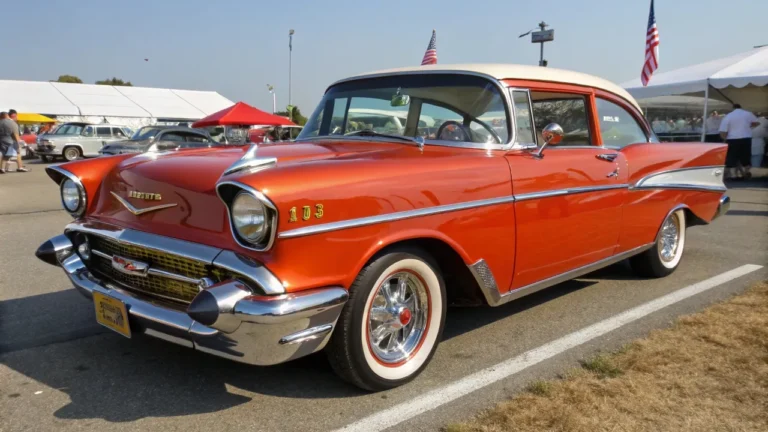1961 Jaguar E-Type: Unleash the Legacy of a Timeless Icon
Few automobiles capture the imagination and passion of car enthusiasts like the 1961 jaguar e-type. This iconic model is admired not only for its breathtaking design but also for its engineering brilliance and cultural significance. In the following article, we delve into why this classic beauty continues to inspire awe and admiration among collectors and everyday fans alike.
Design and Aesthetics: A Masterpiece in Motion
The design of the 1961 jaguar e-type remains one of the most celebrated achievements in automotive history. Its elegant curves, long bonnet, and low-slung profile set new standards for beauty and performance when it was unveiled. The smooth, aerodynamic lines were not only stunning to behold but served a functional purpose by reducing drag and enhancing stability. Every inch of the car’s bodywork was meticulously crafted, combining form and function in a way that still feels modern decades later.
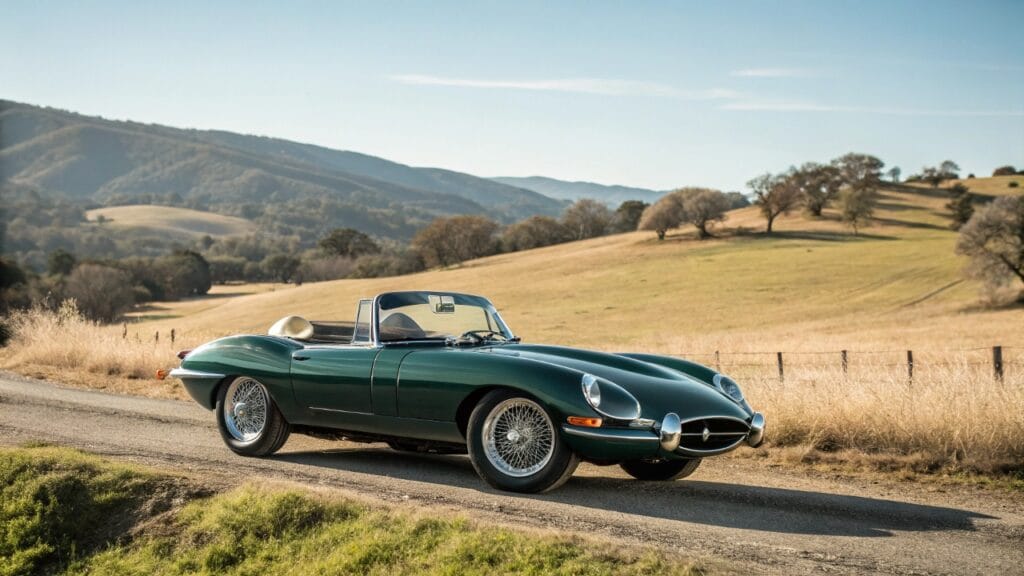
Modern research and classic car enthusiasts alike praise the e-type for its balanced proportions and artistic flair. Designers of the time—helped by visionary minds including Malcolm Sayer—pushed the boundaries by merging cutting-edge engineering with breathtaking style. The result was a vehicle that resonated with both performance aficionados and those drawn to its visual elegance. In fact, many consider the 1961 jaguar e-type to be a turning point that demonstrated how a car’s beauty could express its engineering prowess.
Key design features of the e-type include:
• Aerodynamic Silhouette: The flowing lines are not just visually appealing; they also contribute to the car’s impressive top speed.
• Meticulous Detailing: From the slender headlights to the distinctive grille, every detail was thoughtfully designed to capture attention.
• Innovative Use of Materials: The use of lightweight aluminum for the bodywork was revolutionary, helping reduce overall weight without sacrificing strength.
This attention to design has made the e-type a favorite among collectors. Restorers and aficionados often cite its seamless integration of aesthetics and engineering as a benchmark for modern sports cars. While many vehicles of the 1960s are remembered fondly, the 1961 jaguar e-type’s design legacy grows stronger each year. It has influenced countless models and remains a reference point in discussions governing automotive design trends.
Engineering Brilliance and Performance
Beyond its captivating looks lies a powerhouse of engineering that truly set the 1961 jaguar e-type apart from its contemporaries. Underneath the beautifully sculpted exterior was a finely tuned engine that delivered performance metrics which thrilled drivers then and continue to impress collectors today.
The car was built with a focus on precision and balance. Its performance attributes were largely due to its lightweight construction, achieved by using advanced materials such as aluminum in the body panels. This clever engineering decision not only improved the power-to-weight ratio but also contributed to superior handling characteristics on the road.
Some notable performance highlights of the e-type include:
• Robust Powertrain: The engine produced impressive horsepower for its era, allowing for an exhilarating acceleration.
• Exceptional Handling: Thanks to its well-calibrated suspension and chassis design, drivers experienced precise and agile handling even at high speeds.
• Innovative Engineering Solutions: Features like disc brakes and independent rear suspension were ahead of their time, contributing to improved safety and performance.
In recent years, there has been a notable resurgence in interest in classic performance cars. A 2022 market analysis reported by the Classic Automobile Association highlighted that models like the 1961 jaguar e-type posted higher appreciation rates compared to other vintage sports cars. This data not only underscores its status as a collectible but also cements its position as an engineering marvel that many modern enthusiasts still admire. For enthusiasts who want to dive even deeper into the mechanics, detailed technical specifications and expert reviews can be found on external sites such as Hemmings Motor News.
The performance legacy of the 1961 jaguar e-type is best understood when you consider how it redefined what a sports car could be. Unlike many competitors, its design was never about sacrificing safety or ride quality for speed; instead, it achieved a harmonious balance between high performance and everyday usability. Today, car clubs and vintage car rallies celebrate this model for its timeless performance and the sheer pleasure it offers behind the wheel.
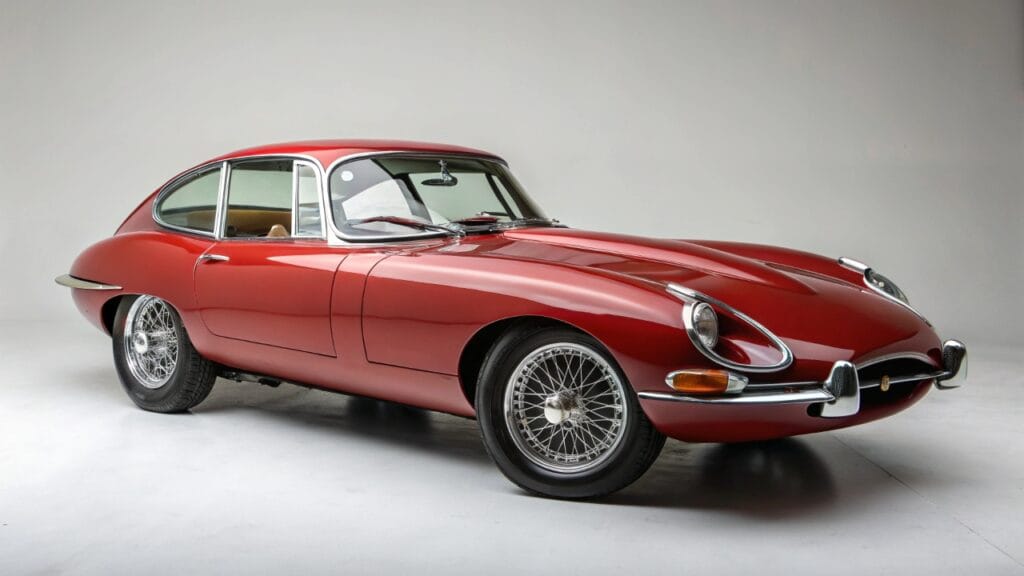
Historical Significance and Cultural Impact
The 1961 jaguar e-type is more than just a sports car—it is a cultural icon that encapsulates the spirit of an era defined by innovation and style. When it first hit the roads, it symbolized a promise of modernity, merging engineering ingenuity with unparalleled design. Over the years, it has become a standard-bearer for what a classic car should embody: beauty, performance, and a story worth telling.
During the swinging sixties, a period notable for rapid social and cultural shifts, the e-type emerged as a symbol of freedom and sophistication. It frequently made appearances in films, magazines, and advertising campaigns, cementing its place in popular culture. Many celebrities and influential figures were seen behind its wheel, adding to the car’s mystique and allure. Its presence at international motor shows and prestigious racing events further amplified its status as a must-have for discerning enthusiasts.
The cultural influence of the 1961 jaguar e-type is underscored by its recurring appearance in modern media. Designers and filmmakers often reference its design cues and ethos, proving that its legacy continues to inspire current generations. The car’s refined silhouette and innovative engineering have left an indelible mark on the automotive industry. Contemporary car manufacturers often cite the e-type as a key influence when designing new models, which demonstrates its far-reaching impact on both aesthetics and functionality.
For history buffs and automotive purists, the legacy of the e-type is a living museum—a testament to a time when passion for cars was synonymous with art and innovation. To understand how it revolutionized car design, one only has to look at the enduring popularity of classic car exhibitions and auctions, where models like the 1961 jaguar e-type fetch record prices and generate intense interest.
A closer look at its historical significance reveals several fascinating points:
• Global Recognition: The e-type has become a symbol of British ingenuity, celebrated around the world as a piece of living art.
• Influence on Future Models: Its design language deeply influenced subsequent sports cars and remains a reference point for automotive styling.
• A Living Legend: Numerous museums and private collections worldwide proudly exhibit the e-type, affirming its status as a timeless masterpiece.
Collectibility, Restoration, and Legacy
Today, the 1961 jaguar e-type stands as a coveted collector’s item that continues to appreciate in both value and cultural cachet. Its rarity, impeccable design, and historical importance have made it a central figure in the world of classic car restoration and auctions. Owning this masterpiece often means becoming part of an exclusive community that values heritage and craftsmanship.
Collecting the 1961 jaguar e-type is not just about possessing a car; it’s about owning a piece of history. Enthusiasts and collectors invest considerable time and passion into preserving its original splendor. Due to the car’s iconic status, many restoration projects focus on maintaining authenticity while updating certain technical aspects for modern driving conditions. This helps ensure that these vehicles continue to perform safely without compromising the integrity of their classic design.
Restoration projects typically focus on several critical elements:
• Bodywork Preservation: Maintaining the original curves and proportions is paramount. Expert restorers often source period-correct panels or use modern techniques to replicate the vintage look.
• Mechanical Upgrades: While preserving the original engine and mechanical components is crucial, some owners opt for subtle modern enhancements to improve reliability and performance.
• Interior Detailing: The driver’s cabin is as important as the exterior. Efforts are made to preserve the authentic look, from the dashboard layout to the upholstery, ensuring that every detail reflects the car’s historical context.
According to a report from 2022 by the Classic Automobile Association, the investment potential of cars like the e-type has increased by nearly 25% over the past decade. This surge in value is driven by a growing appreciation for vintage automobiles as both cultural artifacts and financial assets. Moreover, specialized events and car shows—such as the prestigious Pebble Beach Concours d’Elegance—often feature the e-type as a highlight, drawing media attention and new collectors.
Restoration and maintenance of a classic such as this require expertise, passion, and often collaboration within a close-knit community. Many owners participate in clubs that provide technical support, share restoration techniques, and celebrate the car’s history. These groups host gatherings, workshops, and online forums, where firsthand experiences and restoration tips are exchanged. Not only does this foster a sense of camaraderie among enthusiasts, but it also helps preserve the knowledge required to maintain these mechanical works of art.
The legacy of the 1961 jaguar e-type is built not only on its performance and design but also on the vibrant community that cherishes its historical significance. As collectors continue to invest in this model, its status as a timeless icon only grows stronger. In many ways, every restored e-type on the road is a tribute to the enduring spirit of innovation and passion that defined the automotive landscape in the early 1960s.
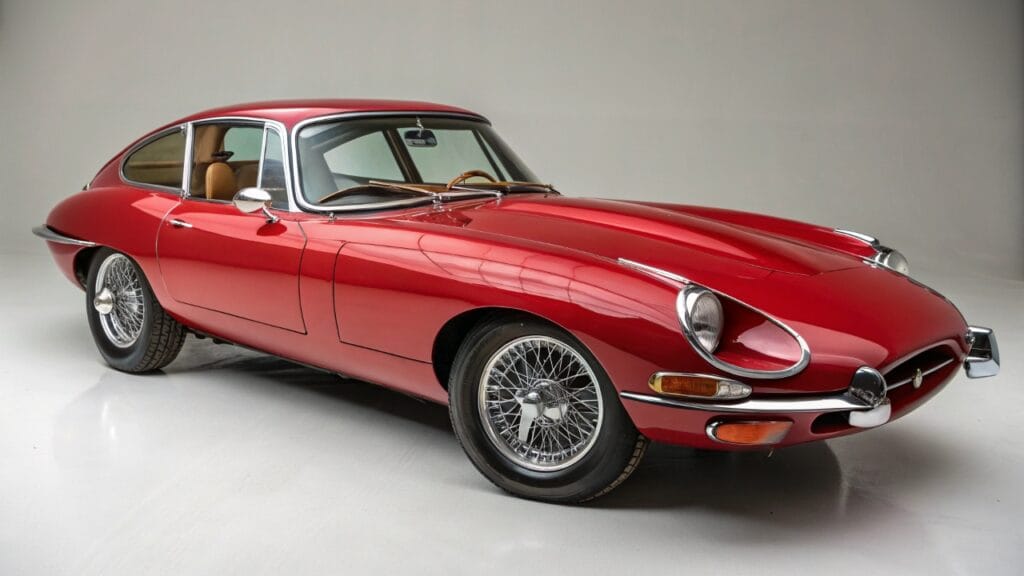
Conclusion
The 1961 jaguar e-type remains a beacon of automotive excellence—its stunning design, innovative engineering, and profound cultural impact have ensured that it stands the test of time. From its meticulously crafted aesthetics and performance-driven engineering to its significant historical footprint and soaring collectibility, the e-type continues to inspire car enthusiasts everywhere.
If you’re captivated by the legacy of this classic car, we invite you to explore more about its history and restoration techniques. Share your thoughts in the comments below or check out our related articles to dive deeper into the world of classic automobiles. Embrace the passion, celebrate the legacy, and join the community that keeps the spirit of the 1961 jaguar e-type alive.
Suggest Amazon Links:
Let me know if you would like any adjustments or further refinements to this article!
There are no reviews yet. Be the first one to write one.


